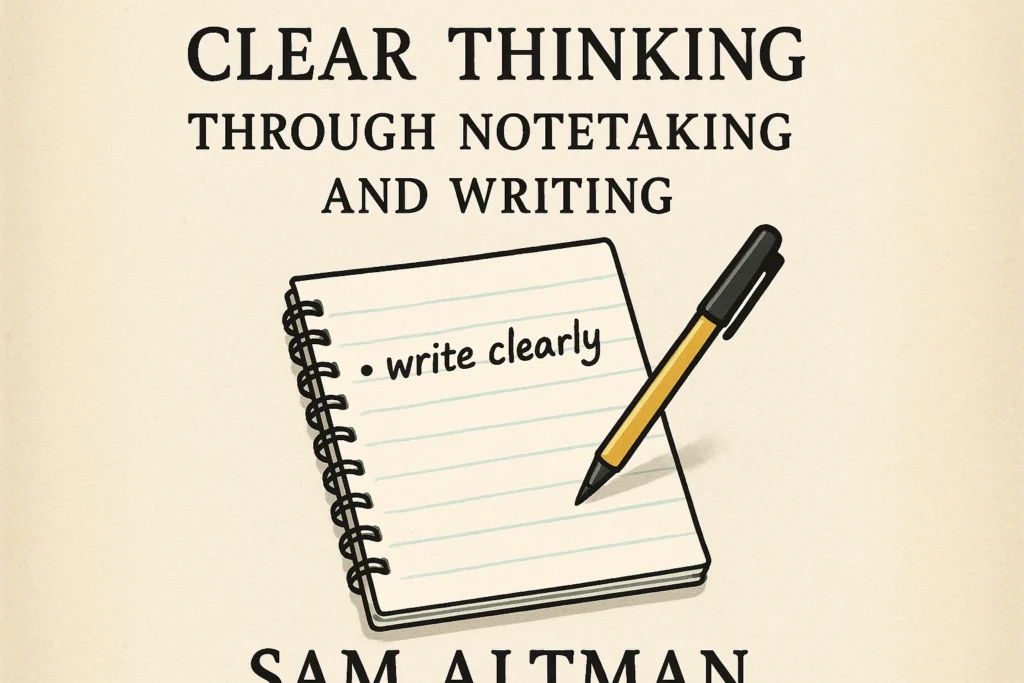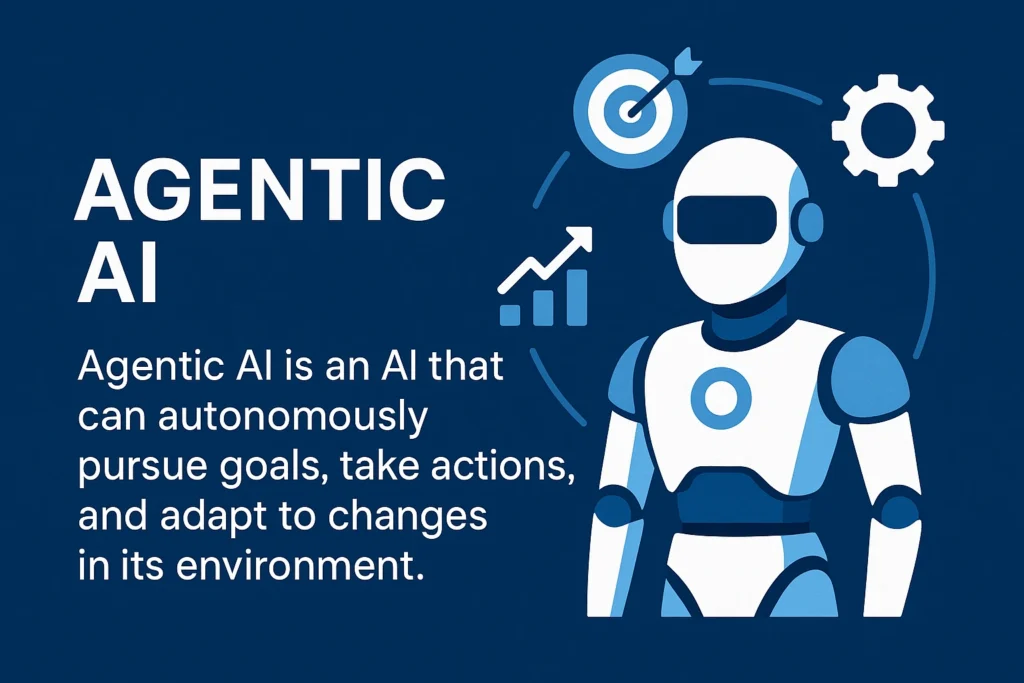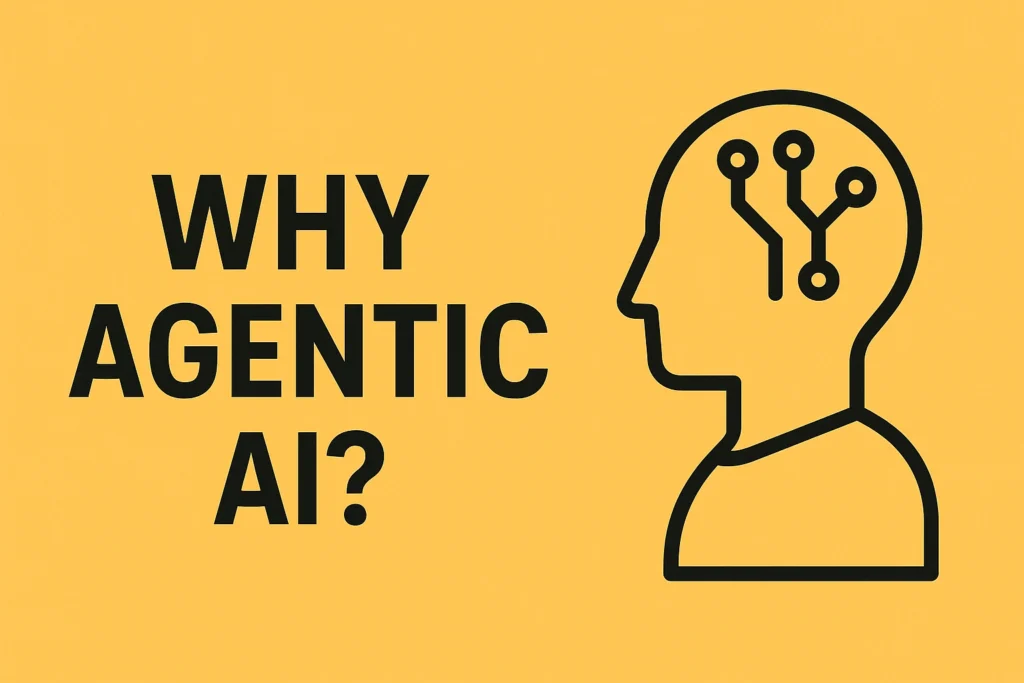Table of Contents
ToggleSam Altman's Clear Thinking Through Notetaking and Writing

Sam Altman's Method for Clear Thinking
This summarizes Sam Altman's core principles and practical methods for clear thinking, emphasizing writing, adaptable work environments, and strategic AI integration.
Main Areas & Key Ideas
Sam Altman's approach to clear thinking is multifaceted, blending traditional methods with modern technological integration and a keen understanding of personal productivity.
1. Writing as a Primary Tool for Thinking
Altman emphatically states that "writing is a tool for thinking most importantly." He views writing not just as a means of communication, but as a fundamental process for clarifying and developing ideas. This perspective underpins his entire approach to personal productivity and intellectual work. He believes that even with advancements in AI, "it's really important that people still learn to write for this reason," highlighting its enduring cognitive value.
2. The "Rip Out" Notebook System: A Core Method for Idea Management
Altman details a highly specific and unconventional notebook system designed for rapid iteration and flexible organization of thoughts. Key features include:
- Spiral Notebooks: Essential for their ability to lie flat and facilitate easy page removal.
- Frequent Page Ripping: Central to his process, allowing him to "look at multiple pages at the same time" and dispose of notes once transcribed or acted upon.
- Specific Pen Preferences: Recommends "uniball micro point five pen" or "Muji 36 or 37 in dark blue ink."
- Material Quality: Emphasizes "good to write on" paper and a "hard front and back" notebook that "can fit in a pocket."
- High Volume Usage: He goes "through one of these like every two or three weeks," indicating prolific note-taking.
This system is the result of "lots of trial and error," highlighting an empirical approach to personal productivity.
3. Adaptable and Opportunistic Approach to Focus
Altman has evolved his approach to focused work from seeking "the perfect place" to seizing "any 11 minutes uninterrupted that I can get." This includes working "sitting in the back of a car, laying in bed," or during "short chunks." While he acknowledges an ideal setting (e.g., "Saturday morning with a cup of coffee and nothing scheduled"), he prioritizes flexibility and leveraging small windows of time to maximize productivity, adapting to the demands of a busy schedule.
4. Strategic Integration of AI (ChatGPT) for Content Refinement
Altman utilizes AI, specifically ChatGPT, to refine and clean up his spoken thoughts. He finds it "so helpful" because he is "much more generative with [his] mouth than [his] fingertips." He dictates ideas, then uses AI to "ask it to just clean it up." This demonstrates an awareness of personal strengths and the strategic use of AI to compensate for perceived weaknesses in written output generation, making his communication more efficient.
5. Importance of Balanced Social Interaction and Solitude for Deep Work
Altman emphasizes a "super important pattern" of balancing social interaction and alone time for thinking. His "roughly rough rhythm" involves being "in the office kind of non-stop all week," which is "crazy packed" with "no time to think." This is then counterbalanced by weekends with "long quiet blocks" where he is "not really around people." This cycle is "very important" to him for enabling deep thinking and processing. He notes that longer breaks (weeks or months) for deep work, which he "used to" take, "doesn't really happen anymore," highlighting the current pace of his work.
6. The Enduring Value of Core Skills in an AI-Driven World
Altman directly addresses the impact of AGI on creative mediums, noting that "competence with the written word is going up so much" due to text-to-media generation (Sora for video, music, images). However, he argues that the foundational skill of writing, as a tool for thinking, remains crucial. He draws a parallel to coding, stating that even if there are "less traditional coding jobs," coding is "a great way to learn to think too," and people "should still learn to code." This suggests a belief in the enduring value of mastering fundamental cognitive tools, regardless of technological advancements. He explicitly states he has "definitely not found" a "better way to think more clearly with AI" than his current methods, reinforcing the human element in clear thought.
Sam Altman — Clear‑Thinking FAQ
Writing rituals, AI workflows, and the spiral‑notebook hack.
Altman swears by a pocket‑sized spiral notebook with hard covers and quality paper. The spiral lets pages lie flat and — crucially — be ripped out. He tears pages once processed, spreads multiple sheets on a desk, and tosses spent notes. Favorite pens: Uniball Micro 0.5 or Muji 36/37 (dark blue). He burns through a notebook every 2‑3 weeks.
Writing is first and foremost a tool for thinking. Even with AGI that can spit out video, music, or code, Altman says people should still master writing (and coding) to sharpen logic and creativity. No AI has yet replaced that discipline.
He no longer hunts for a perfect café. Instead, he seizes “any 11 minutes uninterrupted.” Car rides, bed, airport lounges—short bursts beat waiting for ideal conditions, though a quiet Saturday coffee remains the dream slot.
Altman dictates ideas (he’s “more generative with his mouth”) then asks ChatGPT to transcribe and polish them—turning spoken fragments into coherent prose.
Weekdays: nonstop meetings and collaboration. Weekends: “long quiet blocks” with few people around—vital space to think, write, and recharge.
Years of trial & error. By testing many notebooks, pens, and workflows, he discovered ripping pages and frequent turnover maximised flexibility and clarity.
No. Pages are ripped as soon as notes are actioned. A 100‑page pad may look half‑empty in days—proof of constant turnover, not procrastination.
He once alternated month‑long social bursts with month‑long retreats in nature— a practice he still values but rarely finds time for. The weekly “people vs. solitude” rhythm is now his default reset cycle.


